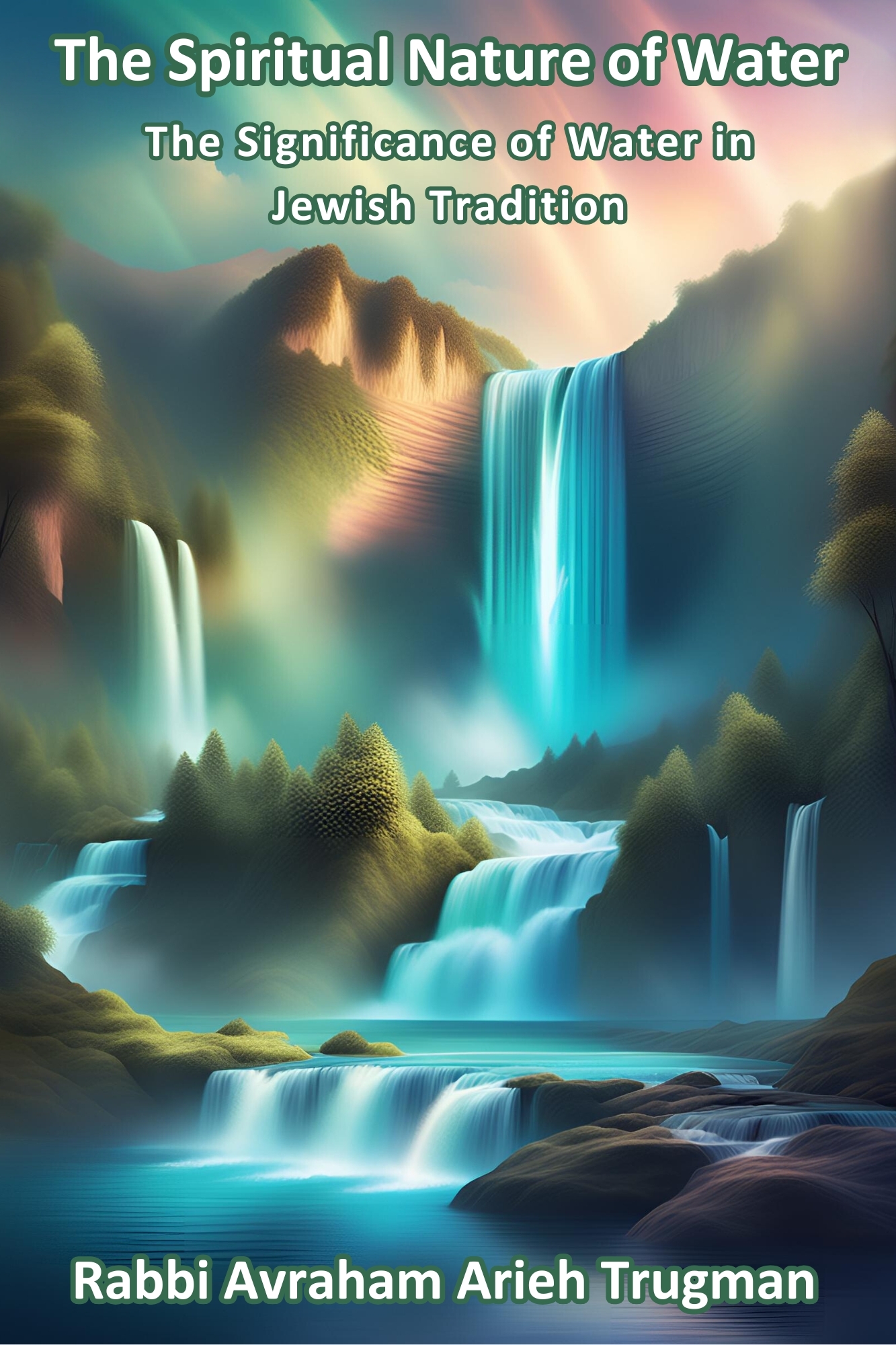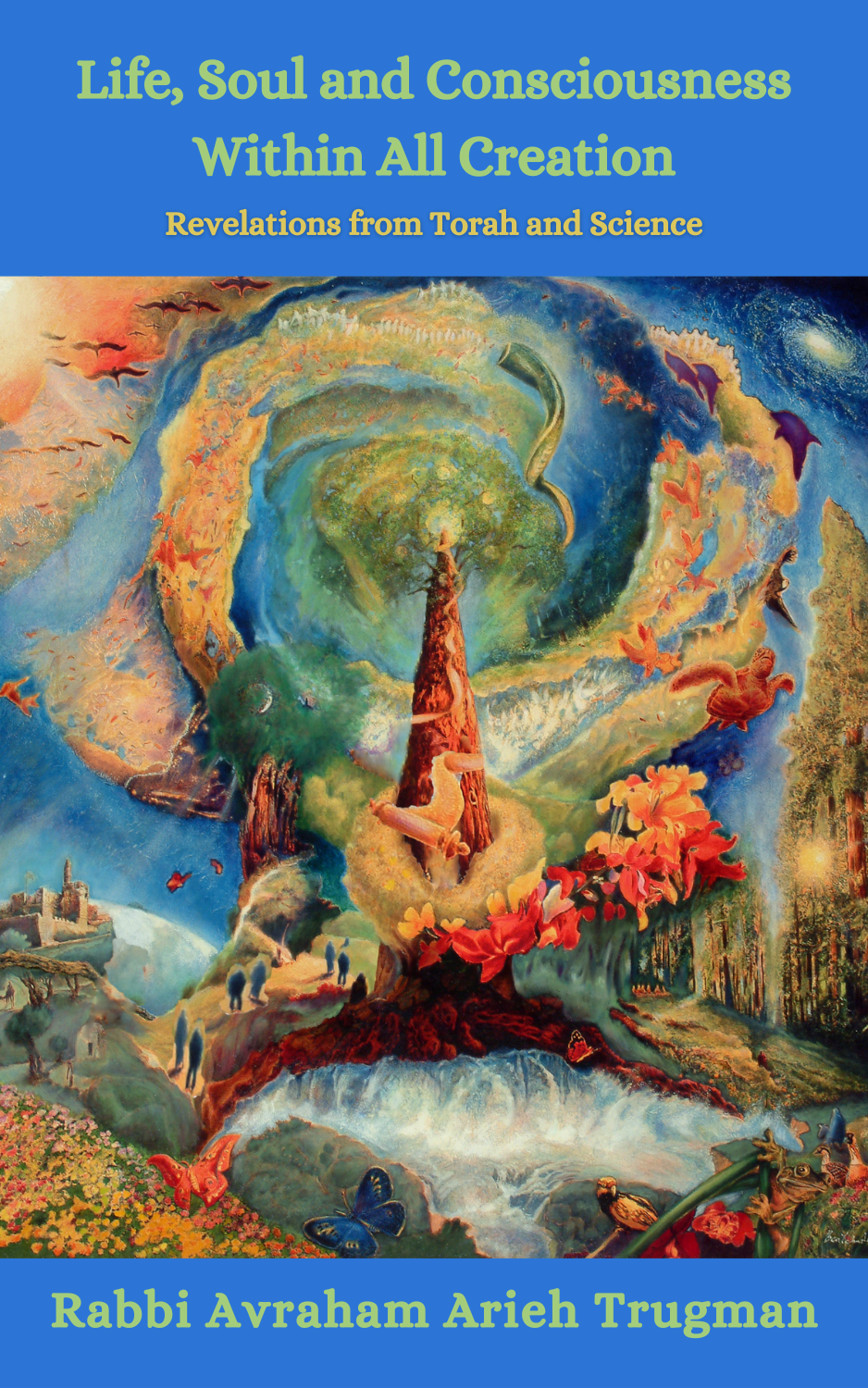After Rebbe Shimon left his cave the second time, this time for good, he reunited with his students once again. Indeed, the entire Zohar is largely based on the adventures and ensuing discussions between Rashbi and his students that took place both before and after his thirteen years in the cave. One of the deepest and most significant sections of the Zohar is called the Idra Raba, which literally translates as the Great Gathering, in which Rebbe Shimon had gathered together his most devoted students in order to reveal to them many new and profound teachings he had never revealed before. Not only is this section of the Zohar replete with deep mystical secrets and teachings, but even more than this, the gathering itself represents a milestone and veritable sea change in Jewish history, as we will now explain.
However, in order for this watershed moment to be properly understood, it will be most helpful to establish the greater context within which this great gathering of Jewish mystics occurred. As discussed above, Rebbe Shimon was one of the five students who carried on the tradition as taught to them by their teacher Rebbe Akiva. These five students were hand-selected by Rebbe Akiva following the deaths of his original 24,000 students. The reason given in the Talmud in explanation for the plague that consumed Rebbe Akiva’s previous students is that they did not treat each other with proper honor and respect. Although the Talmud does not tell us exactly when Rebbe Akiva proclaimed that the injunction to love your neighbor as yourself is the foundational principle on which the entire Torah is based, there is reason to believe that he promoted this teaching in response to the death of his students for not practicing this all-important general principal. But now, after such personal tragedy, he was painfully aware of the mortal consequences of how we treat each other. Rebbe Shimon, along with all of Israel, received this teaching as well; however, as we saw above in the episode of his first attempted exit from the cave, he did not have an easy time integrating its tolerant outlook into his basic nature, which was very fiery even to the point of destruction. Yet, after being sent back to the cave for an additional year of reflection, he seems to have learned this lesson well and integrated its deeper wisdom, as antithetical to his personality as it may have been. This very act of self-overcoming and transformation is a sign of Rebbe Shimon’s greatness and commitment to the higher values of holiness.
Another piece of the contextual puzzle leading up to the Idra Rabba was that it took place around 60-70 years after the destruction of the Second Temple in Jerusalem, and around 20 years after the failure of the Bar Kochba rebellion. Both of these events led to the killing of literally millions of people and the destruction of almost all remnants of Jewish sovereignty in the land of Israel. Yet, in an even bigger-picture view of history, the Roman takeover of Israel was just the latest in a long string of various nations trying to conquer Israel. In other words, from the time Israel entered the land with Joshua almost 1500 years before Rebbe Shimon’s time, except for a few periods of brief peace, the nation had fought a near-constant battle against a host of invading armies to maintain sovereignty in the land.
In the midst of such political turmoil, Rebbe Shimon was forced to hide in a cave for thirteen years because of his expressed disdain for the Roman rulers. There is no reason to believe that he had changed his mind regarding this after he emerged from his cave once again. Yet, after further meditation on what exactly had occurred during the previous 1500 years of history, including the immediate reality of total defeat at the hands of the Romans, coupled with the fact that the remaining Jews in Israel were few and weak, with most Jews now dispersed around the world, Rebbe Shimon, in the beginning of this momentous gathering, as recorded in the Idra Rabba (2:127b), made a singular statement which represented a paradigm shift of enormous proportions:
“Rebbe Shimon rejoiced and quoted the prophet (Habakuk 3.1): ‘O God! I have heard Your speech and was afraid!’ He [Rebbe Shimon] then said: ‘It is therefore rightly done, seeing that fear has followed; [but] for us the matter rather depends on love’; As it is written (Deuteronomy 6.5): ‘And you shall love God…’ And it is written (Malachi 1.2): ‘I have loved you says God.’”
At this particular juncture in history Rebbe Shimon faced a similar situation as Rabbi Yochanan Ben Zakkai, who had the foresight to see that the Temple in Jerusalem would be destroyed and with it the basic structure of Judaism as it had been practiced up to that point. By asking the Roman Emperor to give him Yavneh and its Sages he laid the foundations for Rabbinic Judaism that reframed Jewish observance and continuity until this very day. Rebbe Shimon, when he gathered his students and declared that everything now depends on love, also realized that the age of physical resistance in Israel had ended, and the only way Torah Judaism could survive was with a great love between Israel and God. With this single statement, he not only integrated Rebbe Akiva’s all-encompassing general principle, but also paved the way for Jewish survival and resilience despite all attempts to destroy it.
In the Zohar, Rebbe Shimon referred to his students as the chavraya, a group of friends. Even though it was clear that he was the Rebbe, he created a feeling of equality, friendship and loyalty which was quite unique. Until then, the teacher/student relationship in Torah was one of strict protocol and clear hierarchy. Rebbe Shimon created a new paradigm, which, in a sense, became the model of closeness and companionship that should exist in any Jewish community, large or small. For, without a sense of strong community, how could the Jewish people continue to exist in some of the dire circumstances that they were, and still are, subject to countless times all over the world.
We see from this forward-thinking statement, which required a great measure of spiritual maturity grounded in a broad integrative view of Jewish history – past, present and future – that not only did Rebbe Shimon Bar Yochai lay the foundation for the mystical tradition up to this very day, but he did so by cultivating a paradigm of love and mutual respect which would give the Jewish people a firm foundation on which to weather every storm.
It is stated in the Zohar that by learning the secrets of this book the final redemption will arrive in compassion. Of all the deep and profound mystical teachings of the Zohar perhaps none is as important as the idea that all is now dependent on love. For until we address the roots of senseless hatred that persists between people, and for which the second Temple was destroyed, the Messianic era may come, but it will express itself through severity and judgment, rather than compassion. To rectify this situation, the great secret of the Zohar is quite simply that all is dependent on love.







